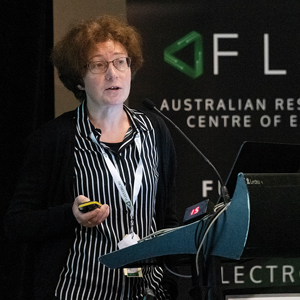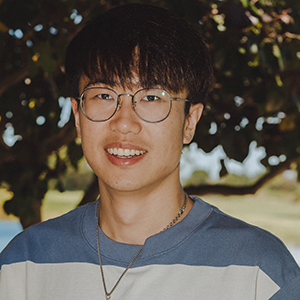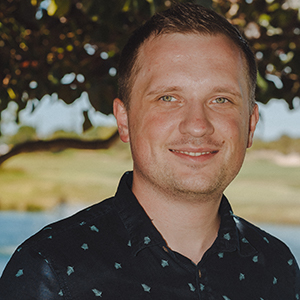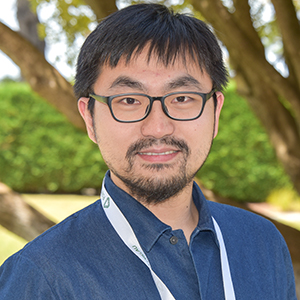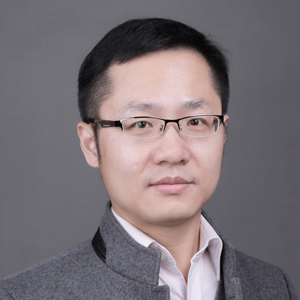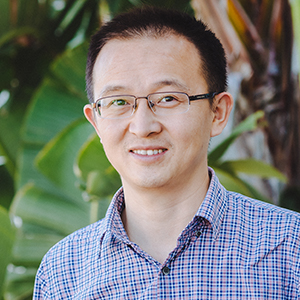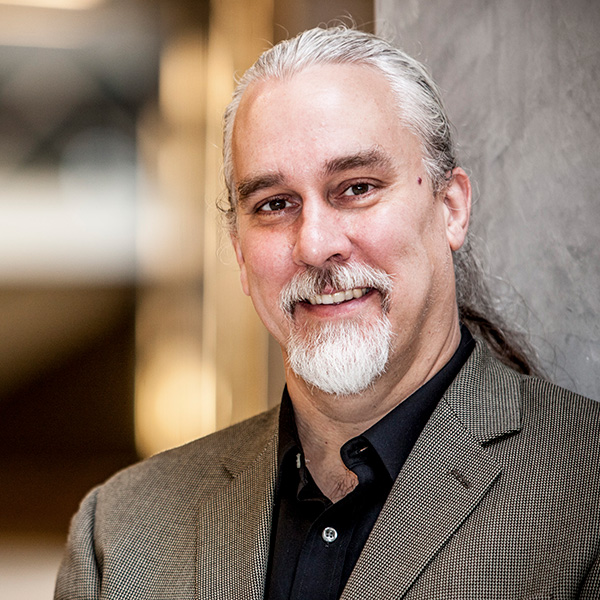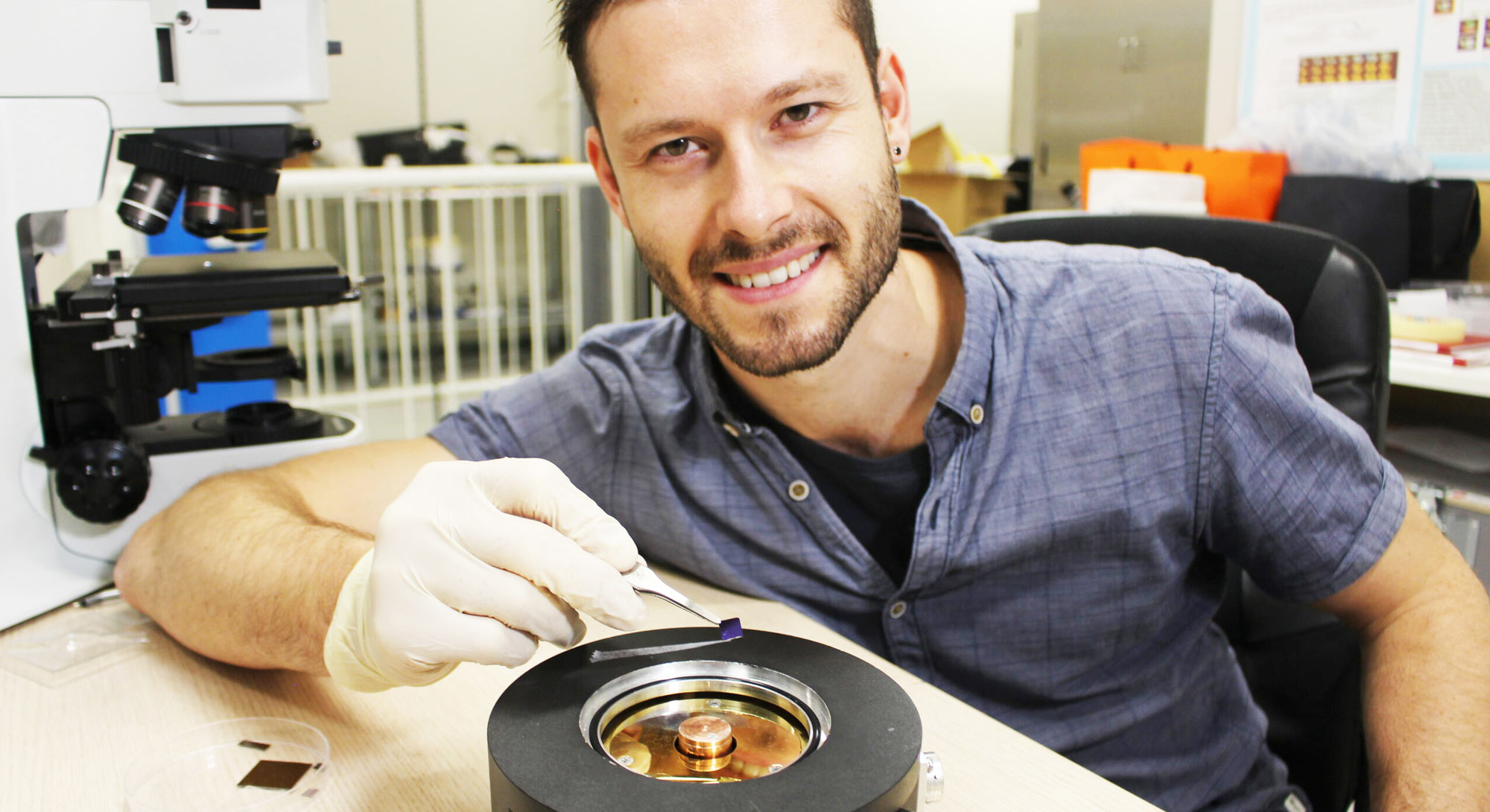
Case
Study
Encasing fragile 2D semiconductors
in ultra-thin glass
A route towards compact ultra-low-energy electronics
Two-dimensional (2D) semiconductors have emerged during the past decade as extremely promising for future electronic and opto-electronic devices.
However, to unlock the significant potential of these fragile materials, we must first find a way to protect them in functional devices while maintaining their key electronic and optical properties.
A FLEET-led Australian–German collaboration addresses this issue of fragility by providing a high-performance, ultra-thin, protective glass coating.
Incorporating 2D semiconductors in multilayer, solid-state structures on a large scale would allow their integration into functional devices, with exciting potential use in compact, ultra-low-energy electronics.

Fragile, atomically-thin WS2 is protected by an ultrathin Ga2O3 layer, which promotes the electronic signature.
Being only a few layers of atoms in thickness, ‘two-dimensional’ materials are inherently fragile.
“To date, the integration of 2D semiconductors into functional devices has been limited by this fragility, or by the scalability of the protective materials being used,” says lead author Matthias Wurdack (ANU).
“Thus, we need new methods of protection that are cost‐efficient and scalable, while maintaining the material’s necessary electronic and optical properties.”
The new study introduces ultra-thin gallium oxide (Ga2O3) glass as a new, scalable capping material for monolayer tungsten disulfide (WS2), a key 2D semiconductor.
With contributions by FLEET researchers at ANU, Monash University and RMIT, the new paper describes a novel mechanism for extraordinary protection against deposition of dielectric materials.
The target material in the new study, tungsten disulfide, belongs to the group of transition metal dichalcogenide crystals (TMDCs) and is a very promising candidate for various opto-electronic applications functional at room temperature.
In these materials the thickness of one or a few layers of atoms, the movement of charge-carrying particles (such as electrons) is confined to only two dimensions, and some fascinating quantum effects predominate.
For example, some particles moving in two dimensions lose their ability to ‘scatter’, so that electrical resistance vanishes.
Incorporating 2D materials in functional devices is key to the FLEET mission.
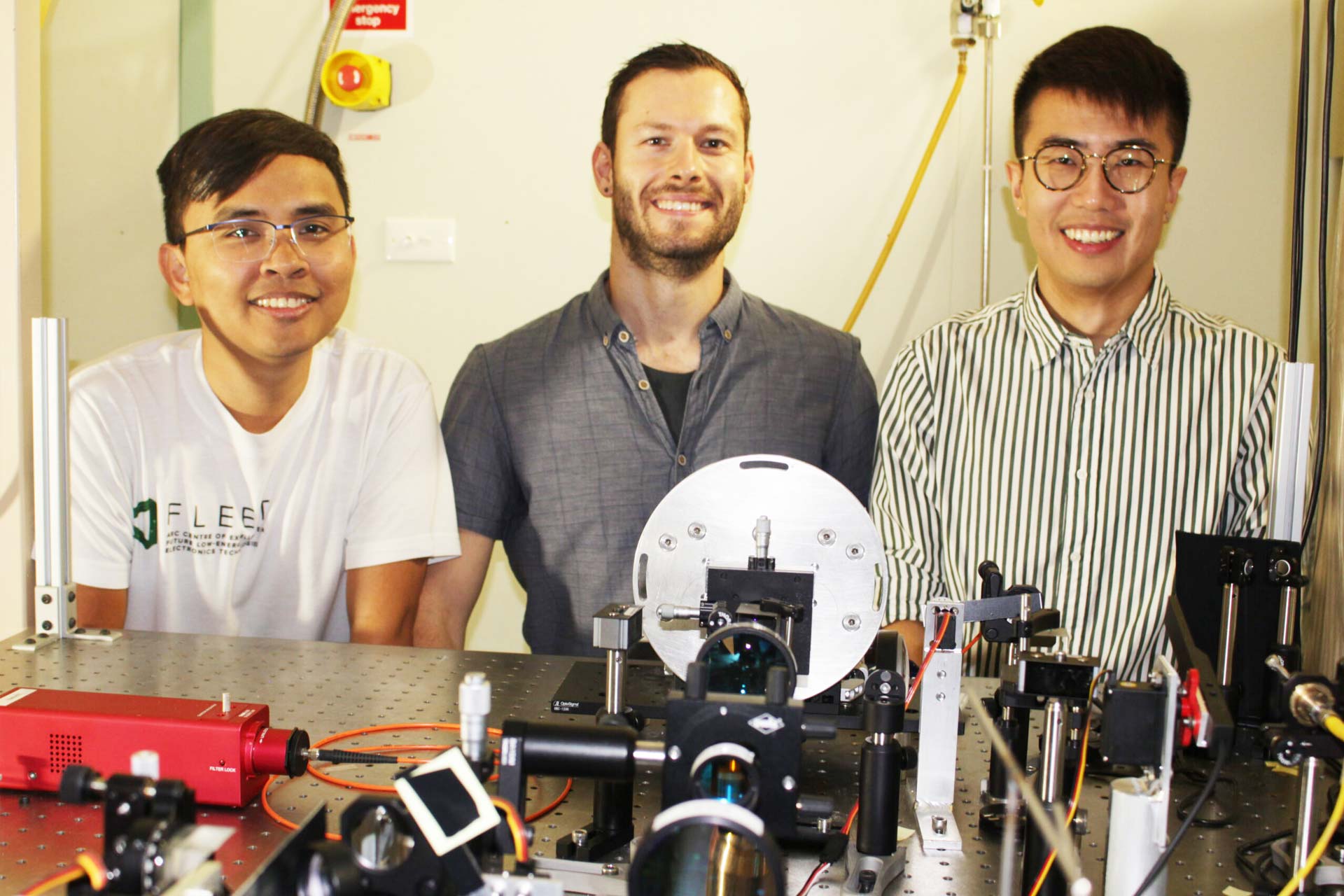
ANU researchers: Research Fellow Dr Eli Estrecho, PhD students Matthias Wurdack (lead author) and Tinghe Yun
To achieve the goals of Research theme 2, FLEET researchers need to incorporate 2D semiconductors (such as WS2) into a complex multilayer structure – an optical microcavity – that enables the formation of exciton-polaritons.
Exciton-polaritons in WS2, in particular, can survive at room temperature, and they have the potential to form a quantum superfluid that displays dissipationless transport.
Robust protection of 2D semiconductors is a key enabling technology for integrating these materials into optical microcavities.
This research relates to FLEET milestones 2.1.1, 2.2.1, and 2.2.4. See page 16 of Strategic Plan
We’ve generated a nice alternative to existing technology that can be scaled for industry applications and it would be exciting to see fundamental research like this find its way into industry!
Lead author, FLEET PhD student
Matthias Wurdack (ANU)
Did you know...
Two-dimensional materials have extraordinary properties such as extremely low resistance or highly efficient interactions with light. However they are inherently fragile.
